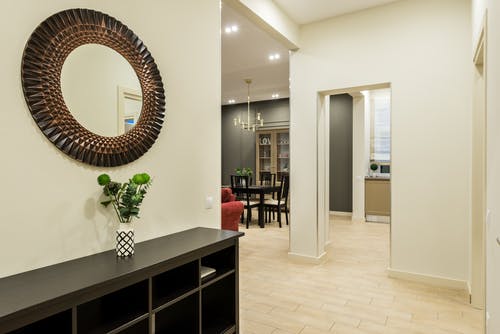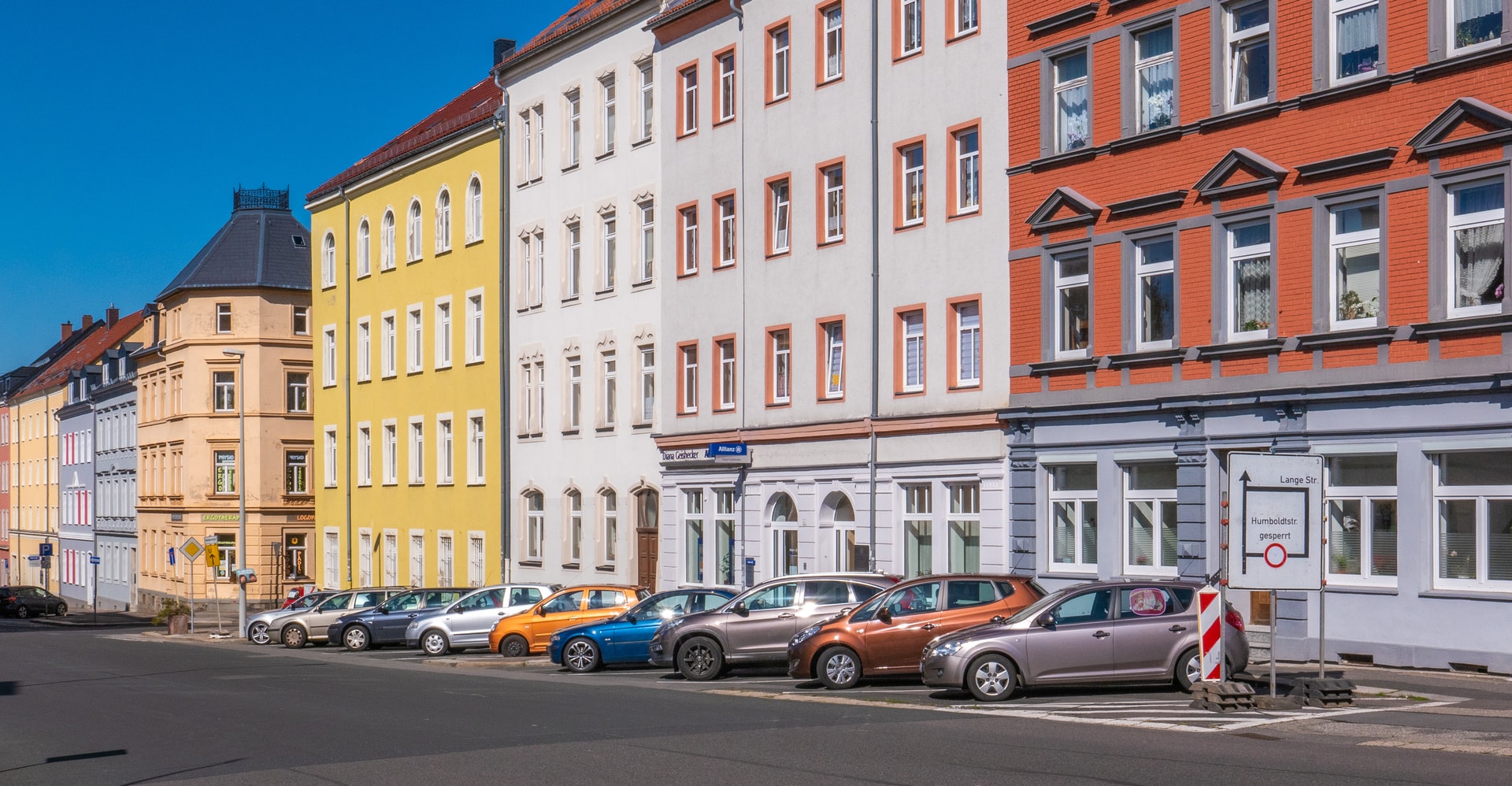The property market in the UK is in great demand. This is due to various reasons, one of the main being the extension of the SDLT (stamp duty land tax) holiday till the end of June 2021, with the phasing out process till the end of September 2021. Another reason is the pent up pressure on people, caused by the lockdowns, to seek larger, more comfortable accommodation. Yet another is the Government guarantee of 95% mortgage and other schemes. Estate agents all over the country, including the letting agents in Sittingbourne, are kept busy offering their expertise. So, for those who are house hunting, these and other priorities put together make it a good time to invest in property.
The question is where? There are many factors to consider carefully before deciding on where property investment is made unless a specific area has already been chosen.
Location: This is important with people still working online, from residences, away from city centres and with more spacious accommodation. Even though lockdowns are lifted, and some offices have re-opened, the trend to work from home at least part-time will continue for some time. For this, good internet and a broadband connection is a must. Commuting time to the nearest town or city should also be looked into, as well as parking arrangements. Shopping and other facilities should be easily accessible. Schools or universities being within a reasonable distance would be advantageous. Another aspect to consider would be the expenses involved in selling and moving to another location.
Shortage of property: With the demand far exceeding the supply, some prospective buyers have been asked if they already have an offer accepted on their home before physically or virtually viewing another property. Some first-time buyers have been requested to first have a mortgage in principle (a statement from a lender agreeing to lend a certain amount before the purchase is finalised). More chain free homes are available for sale, so some buyers are selling first and buying next rather than being linked to a chain that depends on preceding and succeeding house purchases.
Reasons for investment: If it is capital growth (how much the property value will grow in time) then the hotspots would be the North West, (Manchester, Leeds, Merseyside, Lancaster), North central (Sheffield), East (Cambridge), London and the South East (Slough, Oxford, Bracknell and Luton). Capital growth depends on the economy of a particular area. The South East contributes towards a major portion of the economy with its industrial and technological growth. For good rental yield, areas with lower property prices and high rental demand would be preferred. Hotspots would be Liverpool, Leeds, Doncaster and the South East. Even though property prices have been on the rise, the level has been lower in the South East areas. The rental demand is still high because of the quick progress of the industrial sector.
Buy to Let: The demand for rentals is high in the South East as it is among the highest, outside of London, where the average weekly wage is concerned. Research-based on cost-to-buy, average wage against average rental, capital growth and rental yields again shows that Slough, Oxford, Luton and Bracknell are good areas to invest in a two-bedroom property. Swindon in South West England is also earmarked, as is the Isle of Wight. Rents are also rising in areas like Kent, East and West Sussex.
Residential: During the pandemic, many people prioritized the comfort of residential accommodation and chose to move away from city centres. Country areas and coastal locations became very popular. According to senior research analyst Chris Druce, “the number of new prospective buyers registering was the largest for April in 14 years for country houses. They offer space, greenery, less pollution, beautiful landscapes and a healthier environment. Among the hotspots in such areas, Milton Keynes, Haslemere, Tunbridge Wells and Basingstoke in South East England and the Cornish towns of Newquay and Penzance rate high. So do the Cotswolds.
Conclusion: The “bricks and mortar” market has stood the test of time through difficulties and has emerged successful. Before deciding on which housing hotspot would be beneficial, in terms of return on investment, there are a few tips to consider. If a town is prospering, it could be a positive sign for surrounding areas, as affordability may not be possible in the town itself. New-build homes can sometimes increase the value of surrounding properties, but too many new-builds could devalue older properties. Check out the neighbourhood for the people living there – whether mainly families, younger working people or retired elders. This could predict which types of properties would be more in demand in the future. Regeneration plans and refurbishments should be looked into, as these would increase the property value. With the above information, your house hunting is sure to succeed!







